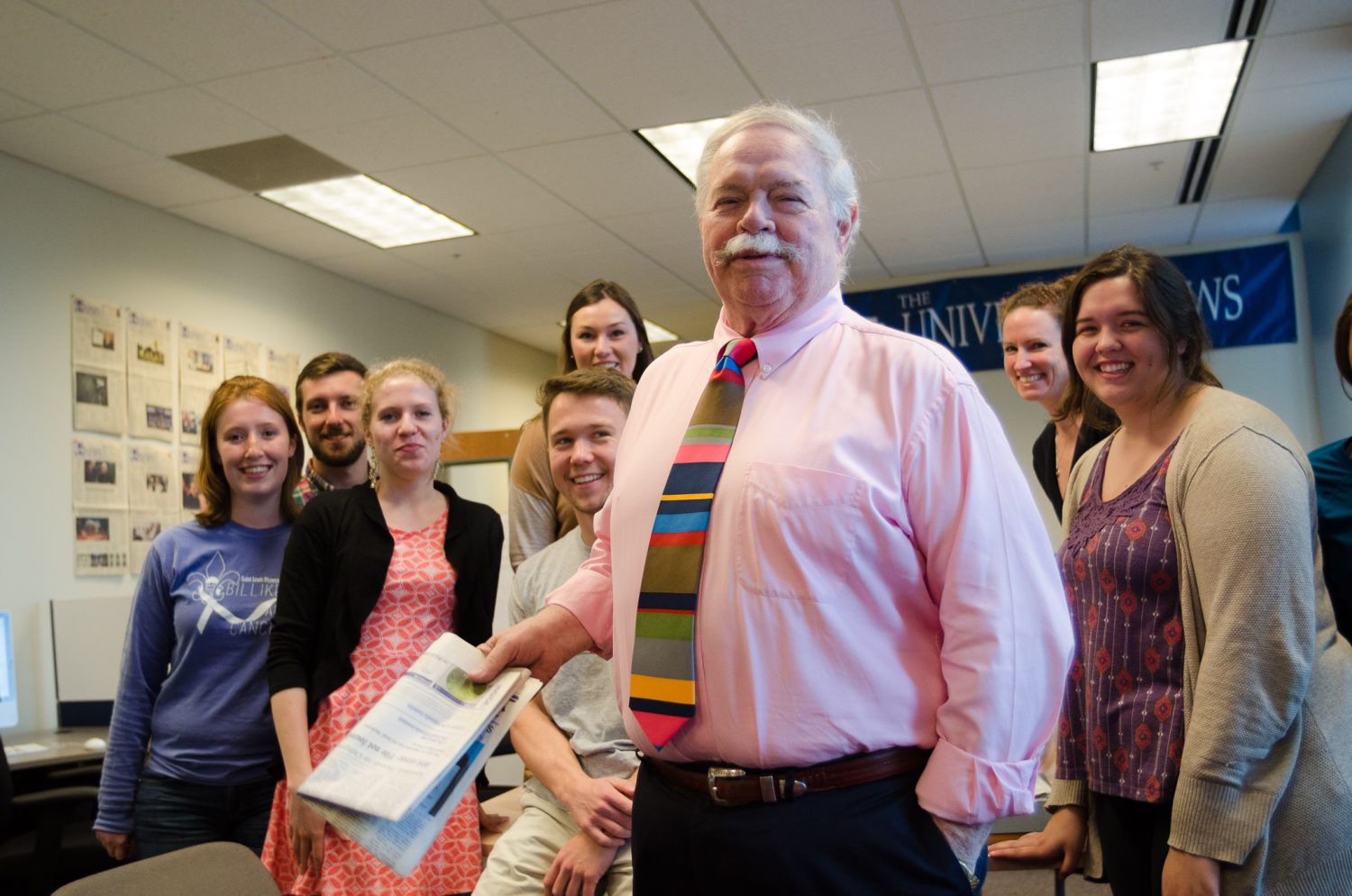Think salsa is just something you eat? Think again. For centuries, the rhythms and sounds of multiple countries have come together to create this Latin dance and music. One that, in the past couple of years, has resurfaced and found its way into many dance studios and night clubs.
The origins of the salsa are unclear. Many believe it to be a mixture of Latin and Afro-Caribbean dances, each of which contributed to the evolution of the rhythm and steps. Salsa is remarkably similar to the Mambo because each follows a pattern of six steps danced in a period of eight counts. However, the salsa differs because it involves turning; thus the overall look and energy is quite different from the mambo. Salsa also moves side to side, whereas mambo moves forward and backward.
The sounds of today's Salsa combine the base of son, Cumbia and Guaracha. The son originated in eastern Cuba during the first decades of the century. From the start, it represented a mixture of Spanish-derived and Afro-Cuban elements. The two-part formal of the son has essentially remained unchanged over the years and is an integral part of the song pattern.
There is also an old merengue influence, which is built into the rhythm of different songs. As with many other types of dance music, salsa varies from place to place. In New York, for example, new instrumentalization and extra percussion were added to some Colombian songs so New Yorkers that dance mambo "on the two" can feel more comfortable dancing to the rhythm of the song, because it has an easily recognizable beat.
By the late 1970s, salsa abandoned its representation of barrio reality to favor more sentimental love lyrics. Most of what is promoted on the radio and in recent records is the smooth, sentimental sounds of Eddie Santiage, Luis Enrique and Lalo Rogriguez, as opposed to more the more classical, aggressive sounds of Afro-Caribbean salsa caliente or salsa gorda. Some traditionalists criticize the new wave of salsa, but none deny that it has been a vital component in keeping Salsa alive and well. This is evidenced by the later years of the 1990s as hip-hop singers like La India and Marc Anthony returned to Latin music roots as part of the new wave of salsa stars. This attracted many followers to their updated, cultural image and also provided a glimmer of hope for traditionalists who hope to see a resurgence of the classical era of the '50s and '70s.



